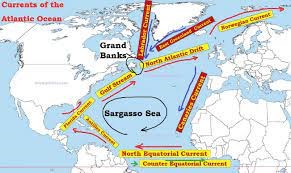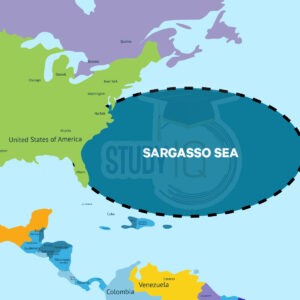Free Courses Sale ends Soon, Get It Now


Free Courses Sale ends Soon, Get It Now



Disclaimer: Copyright infringement not intended.
Context
About Sargasso Sea
Sea Boundaries

More Information about Sargasso Sea
Importance of Sargasso Sea
|
PRACTICE QUESTION Consider the following statements regarding the Sargasso Sea:
Which of the statements given above is/are correct? A) 1 only B) 2 only C) Both 1 and 2 D) Neither 1 nor 2 Answer: C |
© 2024 iasgyan. All right reserved